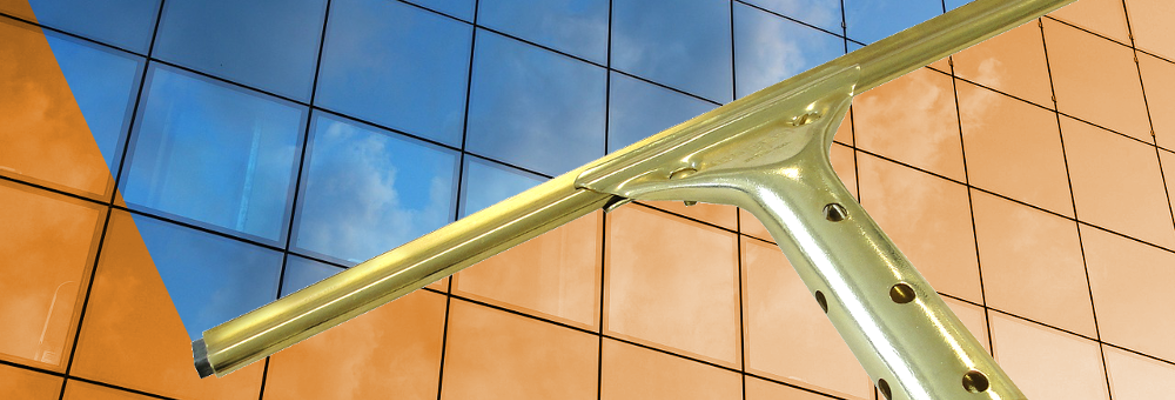 The whole concept behind pure water cleaning is that you can use any water, run it through the pure water cleaning system and make it 99.9% pure. And, while that is how it works, there is a little more to it.
The whole concept behind pure water cleaning is that you can use any water, run it through the pure water cleaning system and make it 99.9% pure. And, while that is how it works, there is a little more to it.
First and foremost, it helps to know what the TDS (total dissolved solids) of the water is before you start. Some areas of the country have “city water”, or water that is run through the municipal water treatment plant. The average TDS for this type of water supply is fairly low and even a simple dionization system can clean it up easily.
Further out, in more rural areas, you may encounter more well water, which generally has a higher level of TDS. It’s not dirtier water, per se, just less processed. Depending on the reading, the size of the job and your pure water system, you could potentially blow through almost an entire DI tank in one day. This would be a situation where a 4 or 5 stage reverse osmosis system would be a better choice. The DI tanks work in unison with the RO membrane to remove the impurities and leave the water at an acceptable reading.
Another concern is the desert Southwest. The water is pretty bad and TDS readings can reach into the 500 range.
We’ve seen a lot of window cleaners posting questions about TDS readings in other areas. Sometimes they need to know for a job, sometimes its just general curiosity. Then, a FaceBook friend posted a link to this site, which we thought was pretty cool. It’s geared towards drinking water, but we thought it was pretty cool that you can look up TDS readings across the country. heck, you can even upload your own.
If you have any questions about how simple, safe and cost-effective pure water cleaning is, give the office a call and we can tell you all the amazing details.


Permalink
It was cool to learn about the different cleanliness of water, and how it’s processed differently in various places. I’ll have to look up my TDS readings for my area! I’m sure it’s pretty clean, since I live in the suburbs, but I think it would be fun to find out anyway. Is there any point to filtering “city water” more, or is that mostly just for taste? Also, how pure should water be used for things other than drinking or cooking? Thanks.
Permalink
Both well water and city water still contain dissolved minerals to certain extent, which is okay for drinking, but not for cleaning windows with a waterpole. Pure Water filtering takes ALL of the minerals out of the water, making it great for cleaning but unsuitable for drinking. Please be aware that Pure Water is non-potable.
~ Jamie
Permalink
Since we’re so used to drinking purified water at home, it’s so easy to forget that most of the world doesn’t have that luxury. I wish that more third-world countries had access to water purification services. Until then, though, it’s nice to have portable purifiers like the one you featured so you can avoid water-borne illnesses. Thanks for the article.
Permalink
I’m fairly new to the water purification process but I hope to improve the quality of my water. It’s good to know to look for the TDS (total dissolved solids) level of the water so you know where your water quality currently resides. Thank you for this interesting and helpful information on pure water cleaning. Thanks!
Permalink
Great job for publishing such a beneficial article. Your blog information isn’t only useful but it is additionally creative with high content too.
Permalink
Great Tips on tds. Now it is too hard find pure water. It’s time to know all people how can convert dirty water into pure water.
Permalink
What an Great Post. Very interesting topic of the time and I really thrilled to read this. Keep posting such interesting topics.